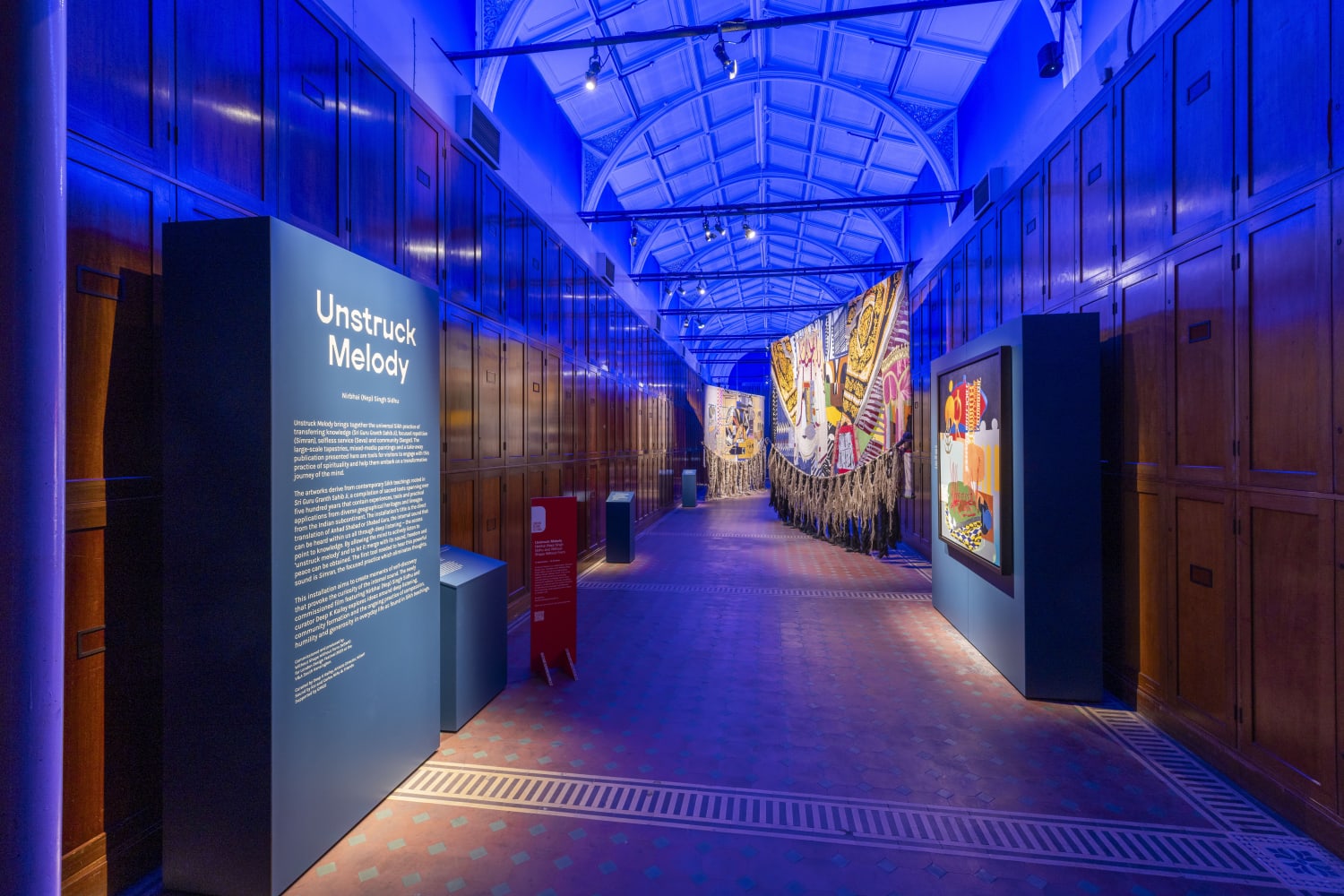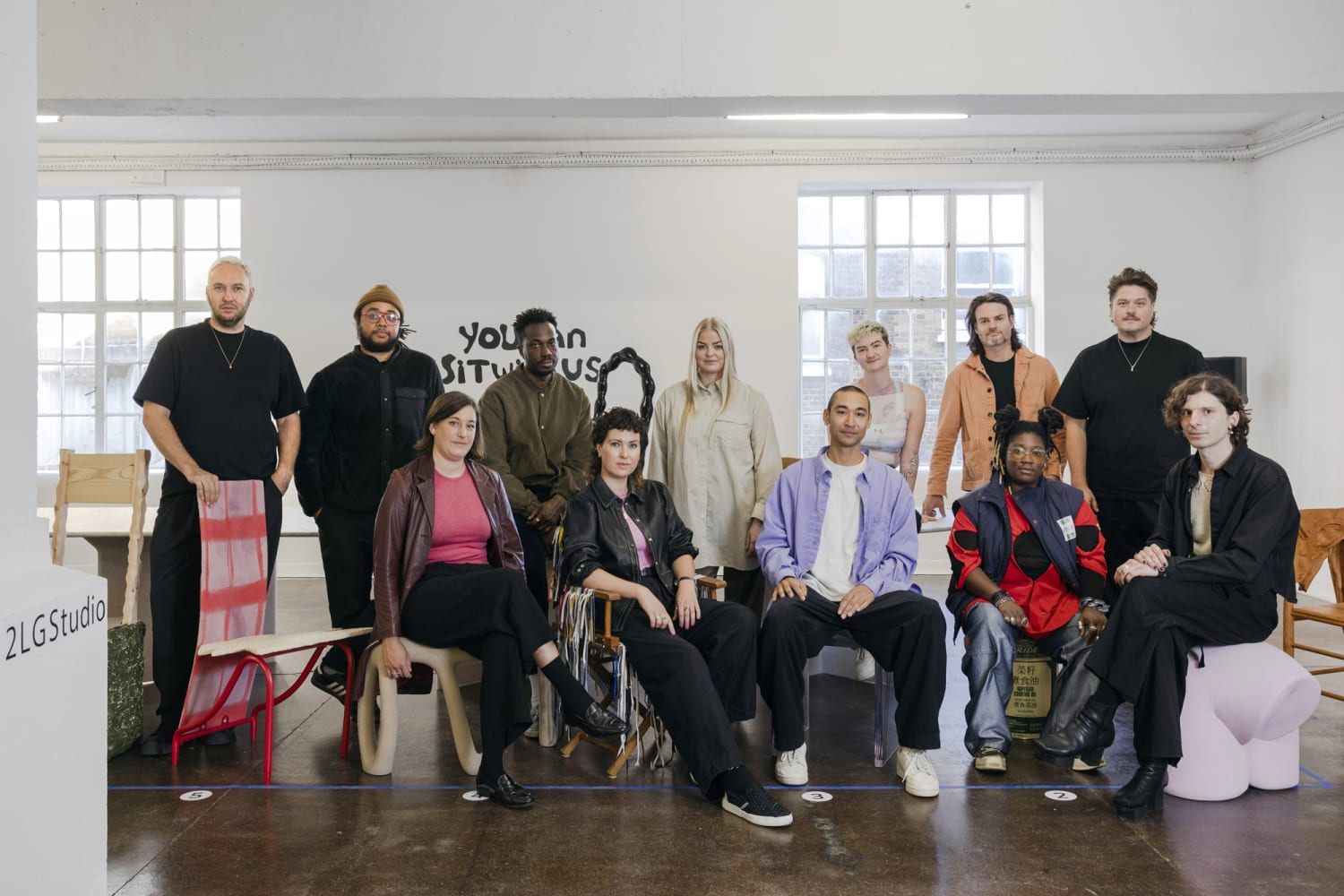The London Design Festival (LDF) has come of age. Now in its 21st year, the event provides a platform to promote British design excellence, unfurling across 13 different design districts. A smorgasbord of exhibitions, installations, pop-ups, talks and events across the city make up the nine-day celebration.
At a preview event held at the Victoria and Albert Museum (V&A), festival director Ben Evans remarked that this year marks the first full-fledged event since the pandemic. As our trends report The Age of Re-enchantment notes, the last few years have left their mark on many people, leaving a sense of disconnection and dislocation. In response, many of the designers and artists showing work at this year’s LDF channelled the restorative salve of community, togetherness and reconnection.






